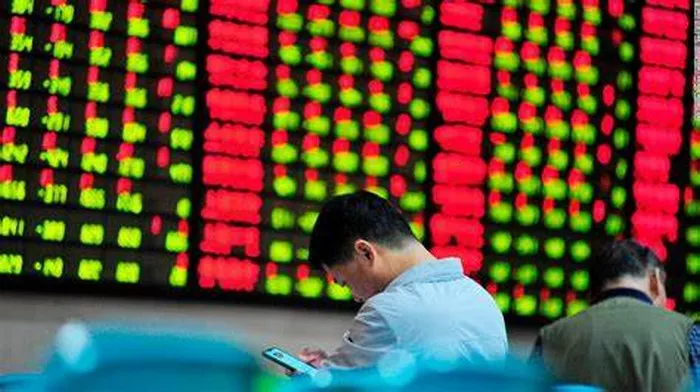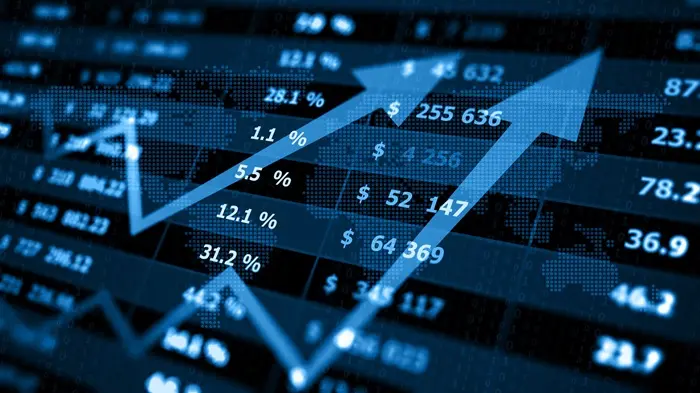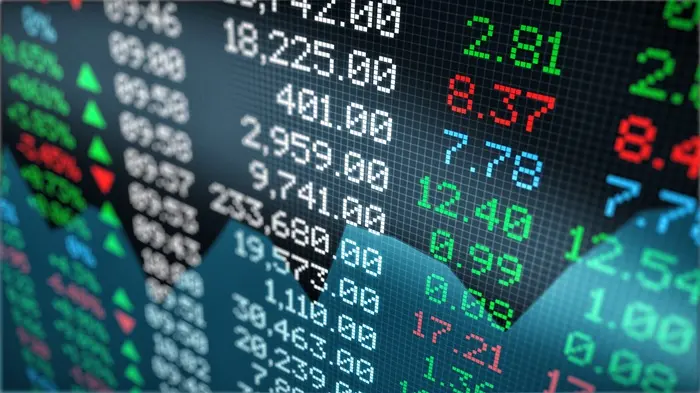Understanding the fluctuations of stock prices is crucial for investors and anyone involved in the financial markets. This article explores the factors that contribute to the rise and fall of stock prices. It is organized into sections that detail both intrinsic and extrinsic influences on stock performance.
The Basics of Stock Prices
Supply and Demand
At its core, stock prices are determined by supply and demand. When more people want to buy a stock than sell it, prices rise. Conversely, when more people want to sell a stock than buy it, prices fall. This fundamental principle is the backbone of price movements in the stock market.
Market Capitalization
Market capitalization refers to the total market value of a company’s outstanding shares. It is calculated by multiplying the stock price by the number of shares outstanding. Companies with a higher market cap are typically seen as more stable, which can influence investor behavior.
The Role of Investors
Investors play a crucial role in price movements. Their sentiments, strategies, and decisions directly impact supply and demand. Institutional investors, retail investors, and even algorithmic trading can lead to rapid price changes. Understanding their behavior helps in predicting stock price movements.
Intrinsic Factors Affecting Stock Prices
Earnings Reports
Earnings reports are quarterly statements that provide insights into a company’s profitability. Positive earnings reports often lead to an increase in stock prices, while negative reports can cause prices to drop. Investors scrutinize these reports for guidance on a company’s future performance.
Earnings Per Share (EPS)
EPS is a key metric that investors look at when assessing a company’s profitability. A higher EPS generally indicates better financial health, often resulting in increased stock prices. Conversely, a declining EPS can signal trouble, leading to falling prices.
Dividends
Dividends are payments made to shareholders from a company’s profits. Companies that consistently pay dividends tend to have more stable stock prices. An increase in dividends can boost investor confidence, while a cut in dividends can lead to a decrease in stock prices.
Company News
News related to a company can have an immediate impact on its stock price. This includes product launches, mergers and acquisitions, executive changes, and legal issues. Positive news can lead to price increases, while negative news can cause significant declines.
Extrinsic Factors Influencing Stock Prices
Economic Indicators
Various economic indicators influence stock prices. These indicators provide insights into the overall health of the economy and can impact investor sentiment.
Gross Domestic Product (GDP)
GDP measures a country’s economic performance. Strong GDP growth often leads to rising stock prices, as it suggests a healthy economy. Conversely, declining GDP can lead to falling stock prices, reflecting investor concerns about economic health.
Unemployment Rates
Unemployment rates provide insights into the labor market. High unemployment can lead to reduced consumer spending, negatively impacting corporate earnings and, consequently, stock prices. Conversely, low unemployment can boost investor confidence and lead to rising prices.
Interest Rates
Interest rates set by central banks have a significant impact on stock prices. When interest rates are low, borrowing is cheaper, encouraging spending and investment. This often leads to higher stock prices. Conversely, high-interest rates can lead to lower stock prices as borrowing costs increase.
Inflation
Inflation is the rate at which the general level of prices for goods and services rises. Moderate inflation can be a sign of a growing economy, which can positively affect stock prices. However, high inflation can lead to uncertainty and rising interest rates, which may cause stock prices to decline.
Political Stability and Policy Changes
Political events and government policies can significantly influence stock prices. Political stability fosters investor confidence, while instability can lead to market volatility. Additionally, policy changes, such as tax reforms or regulatory changes, can impact corporate profitability and, consequently, stock prices.
See Also: What Is a Short Squeeze in Stocks?
Market Sentiment
Investor Psychology
Investor psychology plays a crucial role in stock price movements. Fear and greed can lead to irrational decision-making, resulting in price swings. During market downturns, fear can lead to panic selling, while during bull markets, greed can drive prices higher than justified by fundamentals.
Speculation
Speculative trading involves buying stocks with the hope of selling them at a higher price in the short term. This can lead to price volatility, as speculative trading often drives prices away from their intrinsic value. Understanding the difference between speculation and investment is essential for long-term success.
The Impact of Global Events
Geopolitical Events
Geopolitical events, such as wars, trade tensions, and diplomatic relations, can significantly impact stock prices. Investors often react to these events with caution, leading to price fluctuations based on perceived risk.
Natural Disasters
Natural disasters can disrupt business operations and supply chains, leading to fluctuations in stock prices. Companies directly affected may see significant declines, while those providing recovery services or products may experience price increases.
Technical Analysis
Chart Patterns
Technical analysis involves examining stock price movements and trading volumes to predict future price movements. Chart patterns, such as head and shoulders or support and resistance levels, provide insights into potential price direction.
Indicators
Technical indicators, such as moving averages and Relative Strength Index (RSI), help traders assess market conditions. These tools can signal potential buy or sell opportunities, impacting stock prices based on trading decisions.
Fundamental Analysis
Valuation Metrics
Fundamental analysis involves evaluating a company’s financial health to determine its intrinsic value. Key metrics include price-to-earnings (P/E) ratio, price-to-book (P/B) ratio, and return on equity (ROE). These metrics help investors assess whether a stock is overvalued or undervalued.
Competitive Position
A company’s competitive position within its industry can impact its stock price. Companies with a strong market position, unique products, or significant barriers to entry often enjoy higher stock prices due to perceived stability and growth potential.
The Role of Technology
Algorithmic Trading
Algorithmic trading uses computer programs to execute trades at high speeds. This can lead to increased volatility, as large volumes of trades can be triggered by specific market conditions or news events.
Social Media Influence
Social media platforms play an increasingly significant role in shaping market sentiment. Discussions on platforms like Twitter or Reddit can influence investor behavior, leading to rapid price changes based on collective sentiment.
Conclusion
Stock prices are influenced by a complex interplay of factors, both intrinsic and extrinsic. Understanding these factors can help investors make informed decisions. From earnings reports to geopolitical events, the reasons behind price fluctuations are varied and often unpredictable. By keeping abreast of market conditions and employing sound investment strategies, investors can navigate the ups and downs of the stock market more effectively.
In summary, the dynamics of supply and demand, economic indicators, company performance, and external events all contribute to the volatility of stock prices. By understanding these elements, investors can position themselves to better react to changes in the market.
Related topics:




























